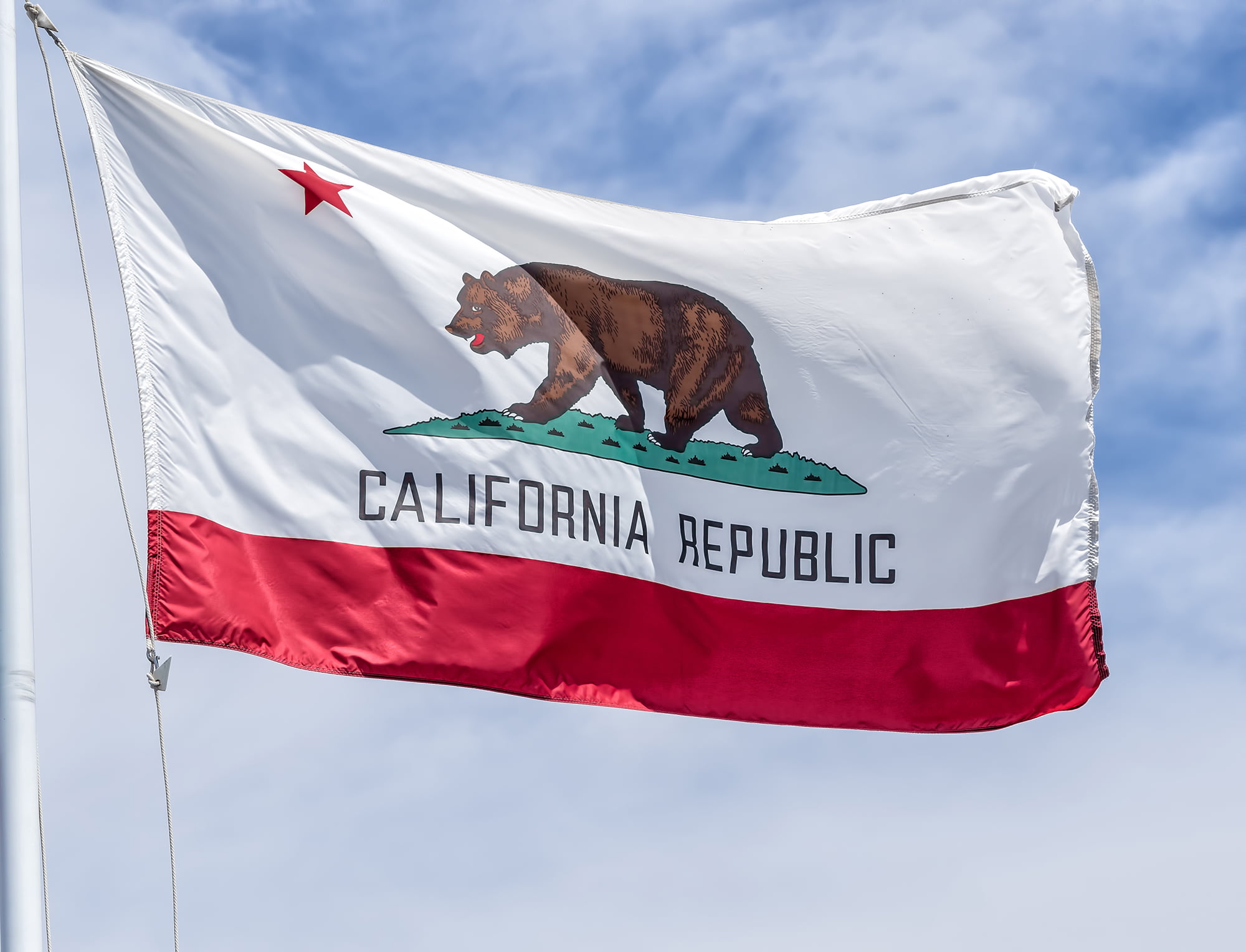
Facts About CalSavers
Overview
California has established an auto-IRA program that requires employers without a retirement plan to automatically enroll their employees, who are allowed to opt out. California was the first state to study the feasibility of an auto-IRA, and the program was adopted in 2016. The program went live in January 2019.
To date, California has 40,218 employers submitting payroll deductions and 579,931 worker accounts (see Table 1). It is the largest auto-IRA program in the country.
Table 1. Overview of CalSavers
| Design | Rollout | Status (as of September 30, 2025) |
| Mandated for all employers without a retirement plan | Rollout to employers in progress | 40,218 employers submitting payroll deductions in the past 90 days |
| 5% default contribution rate, with auto-escalation of 1 ppt per year up to 8% | Rollout to workers in progress | 579,931 workers with a funded account |
| Annual penalty of $250 per eligible employee | Registration deadline has passed for employers with 5+ employees, rollout ongoing for smaller firms until December 31, 2025. | $1,489.9 million in assets |
Source: CalSavers reports, Office of the State Treasurer (2025).
Employers
As of September 2025, 40,218 employers in California were submitting payroll deductions to CalSavers in the last 90 days (see Table 2). In August 2022, California expanded its eligibility requirements to include firms with 1-4 employees. Among firms that have registered, not all have completed setting up their payroll systems. Thus, the number of firms will keep growing as the program continues to roll out and mature.
Table 2. Number of CalSavers Employers with Payroll Deductions in the last 90 Days
| Period | Active employers |
| 2024-Q4 | 39,126 |
| 2025-Q1 | 40,001 |
| 2025-Q2 | 40,391 |
| 2025-Q3 | 40,218 |
Source: CalSavers reports, Office of the State Treasurer (2025).
Employers subject to the mandate that do not comply must pay an annual fine of $250 per eligible employee if noncompliance extends 90 days or more after the notice. If found to be in noncompliance 180 days or more after the notice, an additional penalty of $500 per eligible employee is incurred.
Employees
To date, the number of employees with assets in CalSavers has reached 579,931. Given the early stage of the program, average account balances are modest. Contributions made in the first 30 days are invested in a money market fund; after that point, the account balance and future contributions are defaulted into a target-date fund. Only 35 percent of eligible workers have chosen to opt out of participating (see Table 3). CalSavers is also open to the self-employed and workers not covered under the mandate.
Table 3. Selected CalSavers Employee Outcomes
| Period | Number of accounts (with balances) | Average account balance | Reported opt-out ratea |
| 2024-Q4 | 539,110 | 2,020 | 35 |
| 2025-Q1 | 552,300 | 2,118 | 35 |
| 2025-Q2 | 562,147 | 2,387 | 35 |
| 2025-Q3 | 579,931 | 2,596 | 35 |
a The participation rate is not necessarily equal to one minus the opt-out rate. For more discussion on participation rates, see Quinby et al. (2019)
Source: CalSavers reports, Office of the State Treasurer (2025).
Assets
The program, which is intended to eventually become financially self-sufficient, had assets under management of $1,489.9 million by the end of September 2025 (see Table 4). To pay for its operating costs, CalSavers charges a fixed annual fee of $18 per year plus an annualized asset-based fee of 0.33 percent to 0.49 percent (based on the investment option).
Table 4. Assets in CalSavers
| Period | Assets (in millions) |
| 2024-Q4 | 1,111.3 |
| 2025-Q1 | 1,169.5 |
| 2025-Q2 | 1,341.8 |
| 2025-Q3 | 1,489.9 |
Source: CalSavers reports, Office of the State Treasurer (2025).



